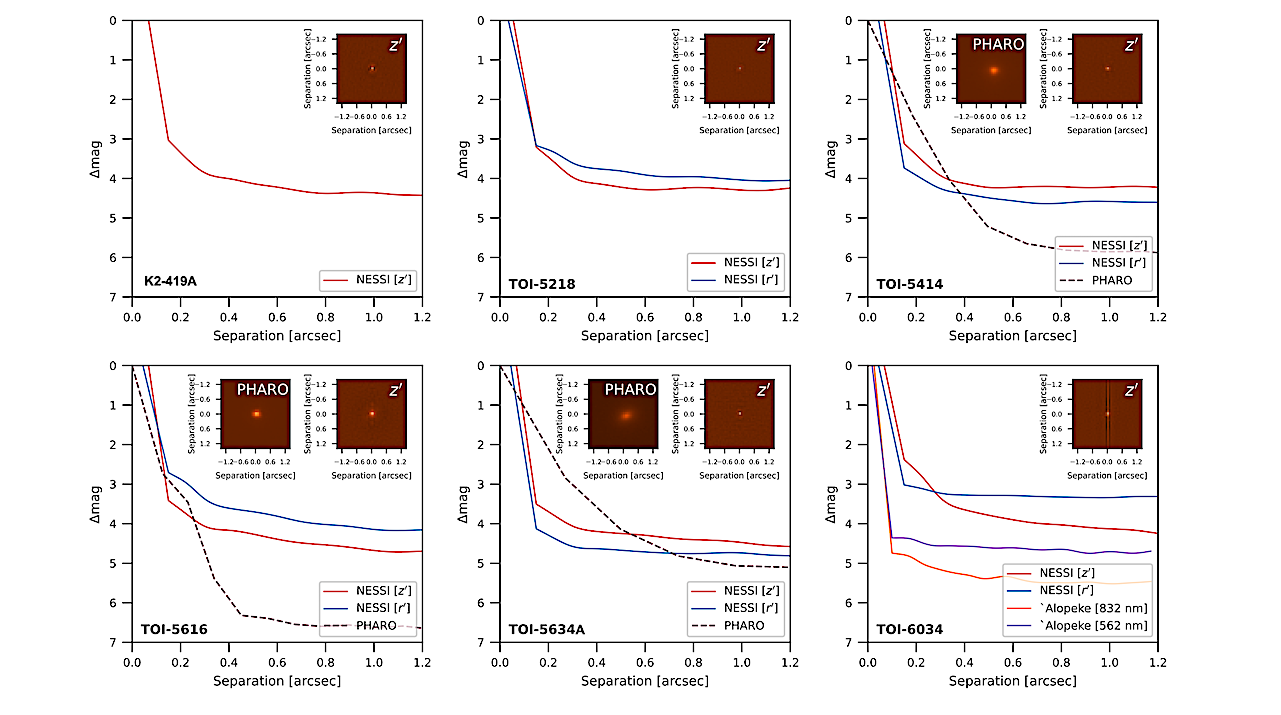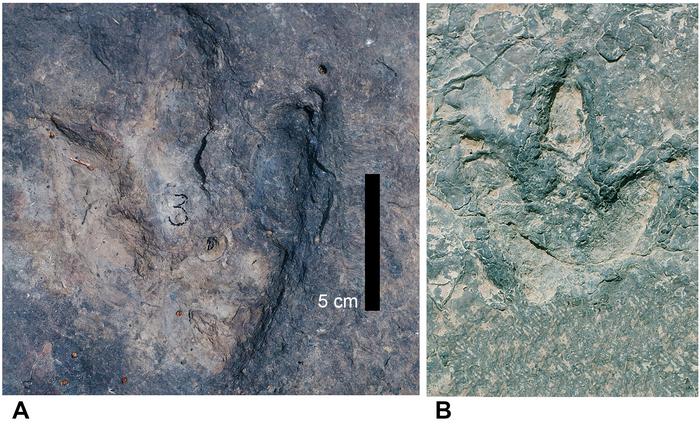Los investigadores de RIKEN han vinculado físicamente dos qubits de espín-silicio distantes mediante un método llamado transporte coherente de espín-lanzadera, un paso clave hacia la computación cuántica a gran escala. Este avance supera el desafío de conectar puntos cuánticos muy separados, un obstáculo crítico para escalar las computadoras cuánticas de cientos a millones de qubits.
La conexión de dos qubits distantes ayudará en el desarrollo de computadoras cuánticas más grandes y complejas basadas en puntos cuánticos de silicio.
En una demostración que promete ayudar a ampliar las computadoras cuánticas basadas en pequeñas gotas de silicio, los físicos de RIKEN conectaron con éxito dos qubits, la unidad básica de información cuántica, que están físicamente lejos uno del otro.
Muchos de los principales actores de TI, incluidos IBM, Google y Microsoft, están compitiendo para desarrollar computadoras cuánticas, algunas de las cuales ya han demostrado su capacidad para superar significativamente a las computadoras tradicionales en ciertos tipos de cálculos. Pero uno de los mayores desafíos en el desarrollo de computadoras cuánticas comercialmente viables es poder escalarlas de un centenar a millones de qubits.
En términos de tecnologías, es uno de los principales candidatos para lograr una gran escala[{» attribute=»»>quantum computing is silicon quantum dots that are a few tens of nanometers in diameter. A key advantage is that they can be fabricated using existing silicon fabrication technology. But one hurdle is that, while it is straightforward to connect two quantum dots that are next to each other, it has proved difficult to link quantum dots that are far from each other.

Figure 1: RIKEN researchers have linked two distant qubits (red and blue spheres with black arrows gray cones on left and right) by coherent shuttling of one of the qubits (blue spheres). Credit: © 2023 RIKEN Center for Emergent Matter Science
“In order to connect many qubits, we have to densely cram many of them into a very small area,” says Akito Noiri of the RIKEN Center for Emergent Matter Science. “And it’s very hard to use wires to connect such very densely packed qubits.”
Now, Noiri and co-workers have realized a two-qubit logic gate between physically distant silicon spin qubits (Fig. 1).
“While there has been a lot of work in this area using various approaches, this is the first time that anyone has succeeded in demonstrating a reliable logic gate formed by two distant qubits,” says Noiri. “The demonstration opens up the possibility of scaling up quantum computing based on silicon quantum dots.”

Akito Noiri (far right) and co-workers have demonstrated a logic gate based on two distant qubits linked by coherent spin shuttling. Credit: © 2023 RIKEN
To connect the two qubits, the team used a method known as coherent spin shuttling, which allows single spin qubits to be moved across an array of quantum dots without affecting their phase coherence—an important property for quantum computers since it carries information. This method involves pushing electrons through an array of qubits by applying a voltage.
Although the physical separation between the two qubits was relatively short, Noiri is confident that it can be extended in future studies. “We want to increase the separation to about a micrometer or so,” he says. “That will make the method more practical for future use.”
Reference: “A shuttling-based two-qubit logic gate for linking distant silicon quantum processors” by Akito Noiri, Kenta Takeda, Takashi Nakajima, Takashi Kobayashi, Amir Sammak, Giordano Scappucci and Seigo Tarucha, 30 September 2022, Nature Communications.
DOI: 10.1038/s41467-022-33453-z

«Erudito en viajes incurable. Pensador. Nerd zombi certificado. Pionero de la televisión extrema. Explorador general. Webaholic».







